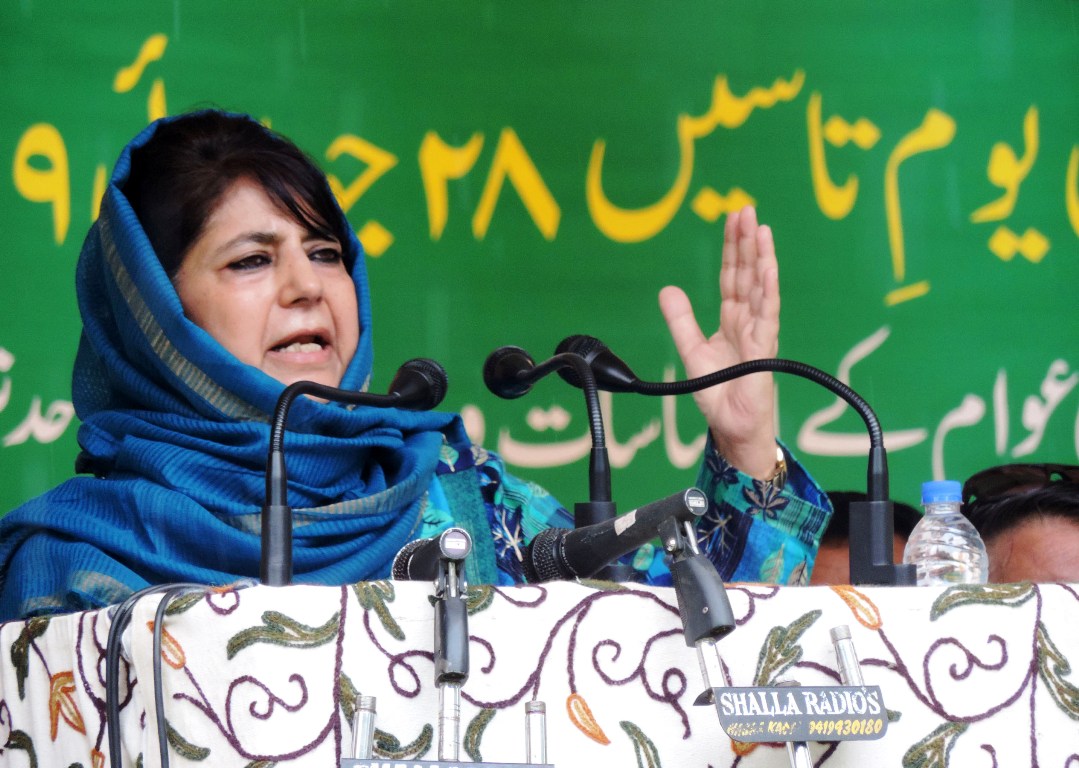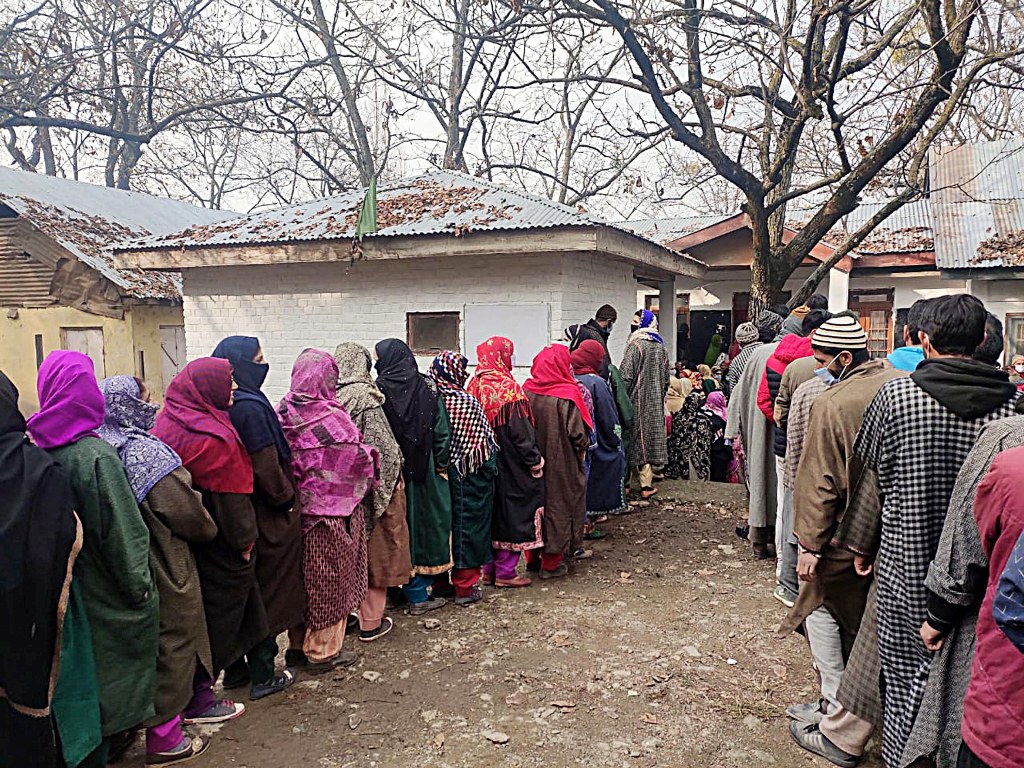SRINAGAR: Temperature inversion is leading to the formation of smog in Kashmir in the last few days, a PCB scientist said on Tuesday.
Talking to the news agency KNO, senior PCB scientist Dr Bilquees Ara said that temperature inversion, a deviation from typical meteorological phenomena, leads to the formation of smog.
“The standard rule of meteorology is that air gets cooler with an increase in altitude. But temperature inversions change it. As a result, you will see weather phenomena like fog, smog, mist, and hazy horizons. Generally, it’s more common in mountainous regions or valleys or during winter when a cold night breeze from the mountains swoops to the ground,” she said.
According to her, temperature inversion usually happens during the night when the ground temperature drops because it’s no longer heated by the sun.
“As cold air close to the ground gets trapped by the layer of warm air, air becomes stagnant and pollution becomes trapped close to the ground, exposing people to this pollution. This inversion process often leads to the formation of smog,” she said.
“Smog is the formation of smoke, fog, and sulphur dioxide emitted by different sources,” she said, adding that sulphur dioxide is a pollutant and sulphates are detrimental to human health, damaging plantations, and creating other problems.
Dr Bilquees said photochemical smog is a type of smog produced when UV light originating from the sun interacts with the oxides of nitrogen present in the atmosphere. It also contains aldehydes, nitric acid, and various poisonous substances that harm human health.
“The government has assigned responsibilities to various departments to control pollution levels, and they have been working on it. There is also a responsibility on the public to contribute to decreasing pollution,” she said.
The main sources of pollution, she said, are vehicles, open burning of biomass, plastic waste, horticulture waste, municipal solid waste, fossil fuel burning, resulting in the emission of poisonous gases into the atmosphere, such as carbon monoxide, methane, sulphur dioxide, oxides of nitrogen, aromatic hydrocarbons, etc.
She said PCB has been given the responsibility of controlling industrial pollution, and this is being done by ensuring that industries work under proper norms and guidelines issued by the central pollution board.
“Industries are regularly monitored, and proper vigil is kept to check emission norms. Online monitoring systems have been installed on cement plants that show real-time data on whether emissions are under control or not,” she added.
Action is being taken against those who aren’t following the norms, and it is ensured that every industry works according to proper norms, she said.
She added that heavy-loaded units have been issued closure orders, and some have even been shifted. Besides that, zigzag technology has been set up in brick kilns to reduce emissions of pollutants and increase efficiency. (KNO)















